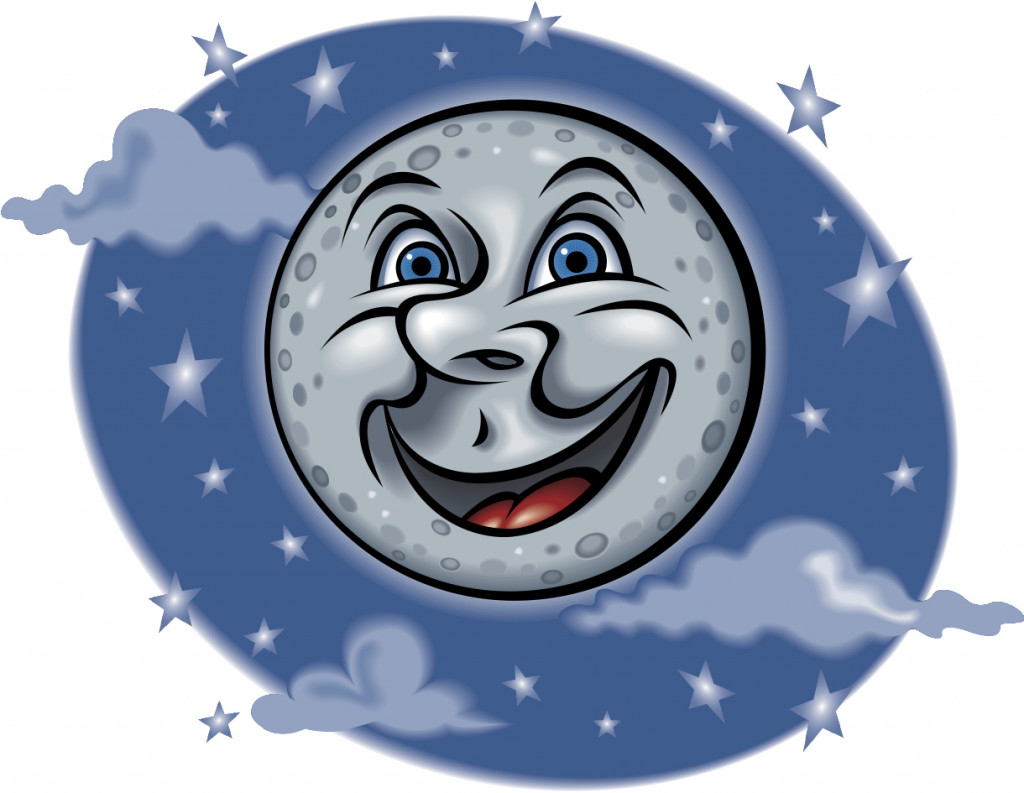Your Night Sky for Sept. 9, 2020

Planet Neptune
Since the last quarter moon is Sept. 10, and the New Moon Sept. 17, this is a great time for night sky viewing. It rises later and is becoming smaller. Jupiter and Saturn are still highly visible in the south just to the left of the Milky Way. Neptune is becoming visible in the east, and Venus is highly visible halfway up in the east in the morning. Uranus is not visible until after midnight.
The constellation Capricornus is visible along the ecliptic in the SE just to the left of Saturn. August and September are its best viewing months. It’s a 12 star constellation called the Sea Goat. It’s also the second faintest zodiacal constellation in our sky and may also be the oldest. It’s a broad triangular shape lying on its side.
In Greek mythology is represents the goat like god Pan who jumped into a river and became part fish to escape from the monster Typhon. It lies at a great distance from the Milky Way in a basically empty region of our sky, so there are only a few deep sky objects in it. It has a few multiple stars and the globular cluster M-30 which is just to the left of the constellation.
It also contains a yellow super giant which is a double star, and an orange super giant which is a triple star. You will need binoculars or a telescope to see these stars and M-30. Just look to the left of Saturn to see this small constellation. It’s the size of a spread out hand.
On Sept. 11 planet Neptune reaches opposition in the constellation Aquarius which is just to the left of Capricornus. Although Neptune is the farthest and faintest of our planets, you should be able to see it with binoculars. Since it’s the most distant of our planets, it’s the coldest with a temperature of -350° F. That turns its chemicals Carbon Monoxide and Methane into ice crystals.
Its upper atmosphere is 1.5 percent methane which absorbs red light from the Sun and then reflects blue light. That makes Neptune the other blue planet in our solar system after Earth. Amazingly it’s the windiest planet on our solar system. It has 6 spindly rings and 14 moons.
Opposition means that it’s closest to the Sun, and at its brightest making it shine at magnitude 7.8. So, it’s bright enough to see with binoculars in a clear dark sky. If you have a telescope you may be able to see some of its moons. Right now, it’s easily visible at 10 p.m. and maybe even at 9:30, but by the end of this month you should be able to see it at 9 p.m. It will rise higher by then.



